-

The outdoor recreation economy is large, growing faster than the overall economy, and consists of jobs in many industries. Explore data by state. Read more
-
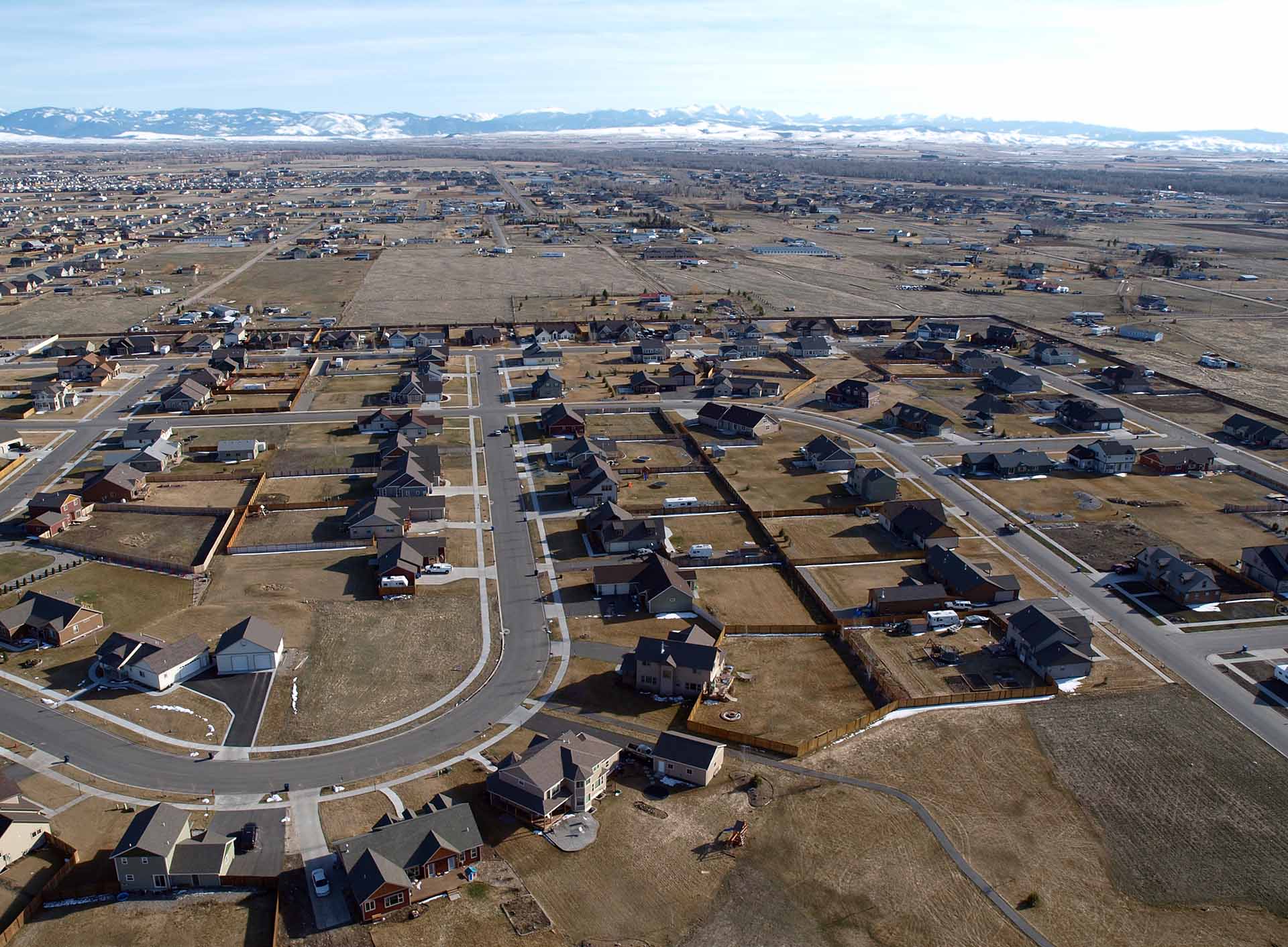
From 2000 to 2021, the number of single-family homes in Montana grew by more than 42 percent, and the popularity of large lots converted 1 million acres of undeveloped land to housing. Read more
-
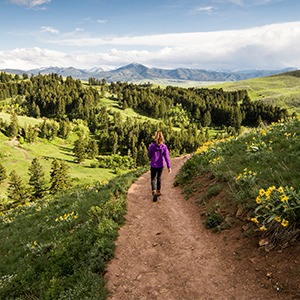
Montana’s outdoors attracts people and talent, creating jobs and a high quality of life. The outdoors is essential to the state’s future economic growth. Read more
-
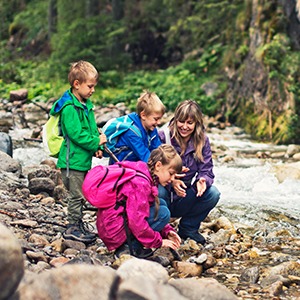
Funding for Montana’s working lands, wildlife, and outdoor recreation is not keeping pace as population, visitation, and development pressures expand. Read more
-

High worker productivity occurs across diverse counties and sectors but is not always connected with population growth and opportunity. Read more
-

Investing in outdoor recreation is one of several strategies that can help rural communities thrive in a changing economy. Read more
-
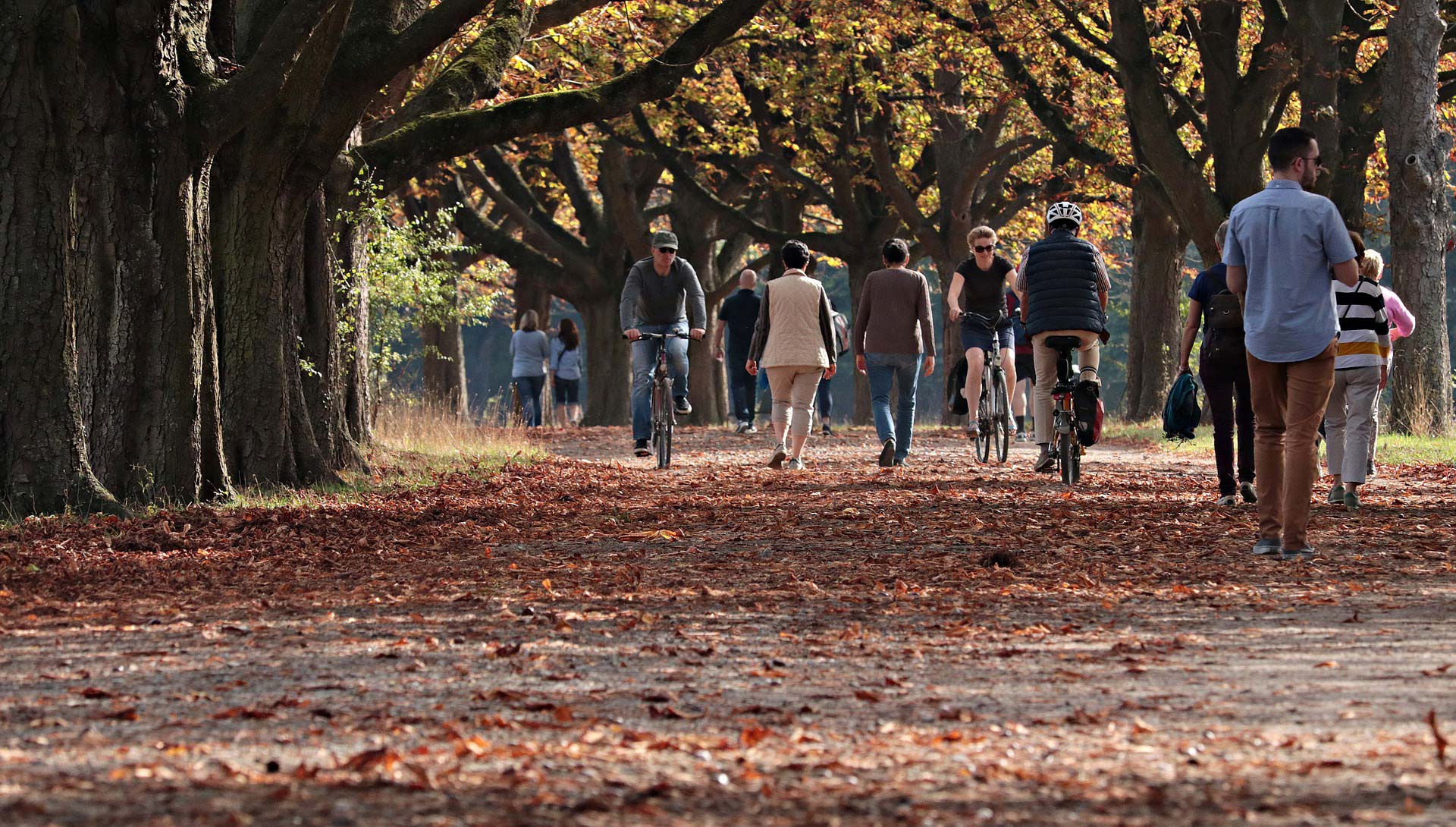
Recreation counties, especially in non-metro places, draw new residents and have higher incomes and faster earnings growth than places without recreation. Read more
-
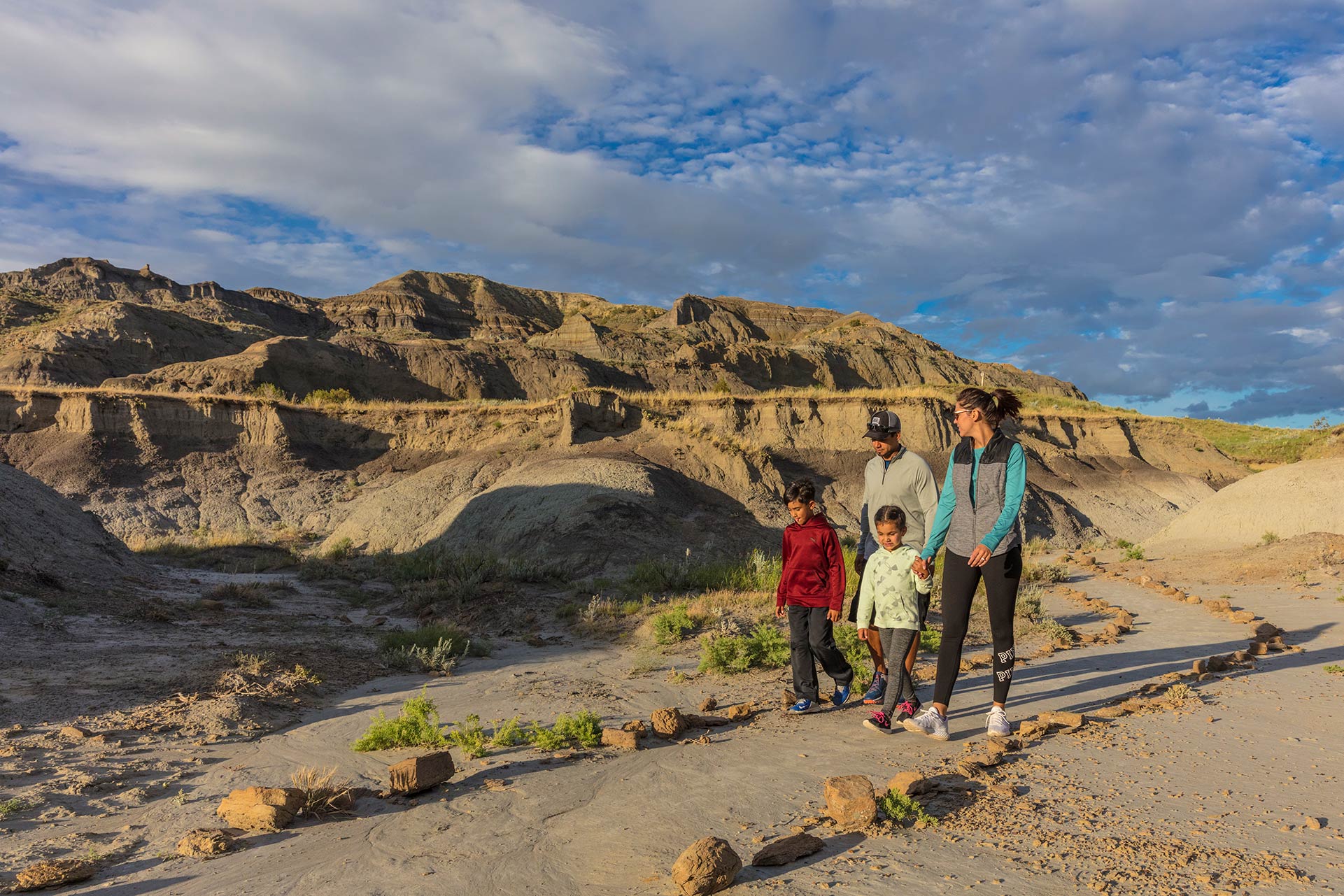
A new report highlights the role of Montana’s outdoor recreation economy in spending, jobs, and economic diversification. Read more
-

Populations at Risk quickly and easily generates and downloads reports about populations more likely to experience adverse social, health, or economic outcomes. Read more
-

This report summarizes Gallatin County’s economy, how it has grown, and what is driving its performance. The report also describes how growth threatens open space and the role these lands play in local quality of life. Read more
-
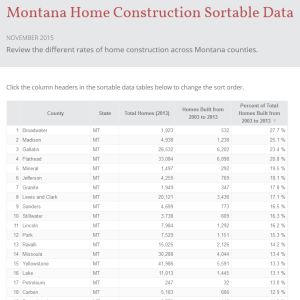
Review the different rates of home construction and loss of open space across Montana counties. Read more
-
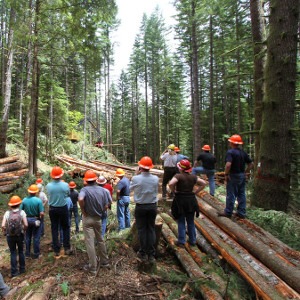
Western counties once dependent on timber today perform similarly to like-sized counties. Three case studies outline economic lessons from counties that weathered the timber transition. Read more
-

Western counties are experiencing a wide disparity in youth migration. While some are attracting and keeping young adults and families, others are struggling. Read more
-

While national poverty rates dropped in the last year, the county-level picture is mixed. Read more
-
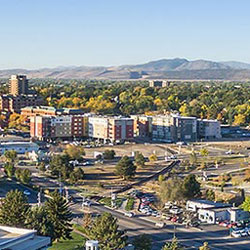
Understanding your local economy and how it compares to peers is a crucial part of community and economic development. Read more
-

Hispanics account for roughly one in four westerners and one in six rural westerners. Read more
-

National interactive map and charts show Medicaid-dependent counties and populations at risk. Read more
-
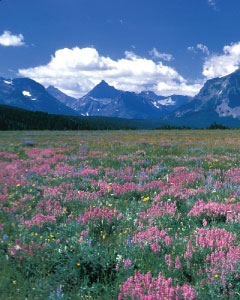
This report summarizes Montana’s economy analyzing recent growth and what is driving its performance, including a description of how federal lands help attract people, investment, and businesses. Read more
-

Minority populations are growing in nearly all rural western counties, helping booming communities expand and slowing the decline in counties that otherwise would have lost people. Read more